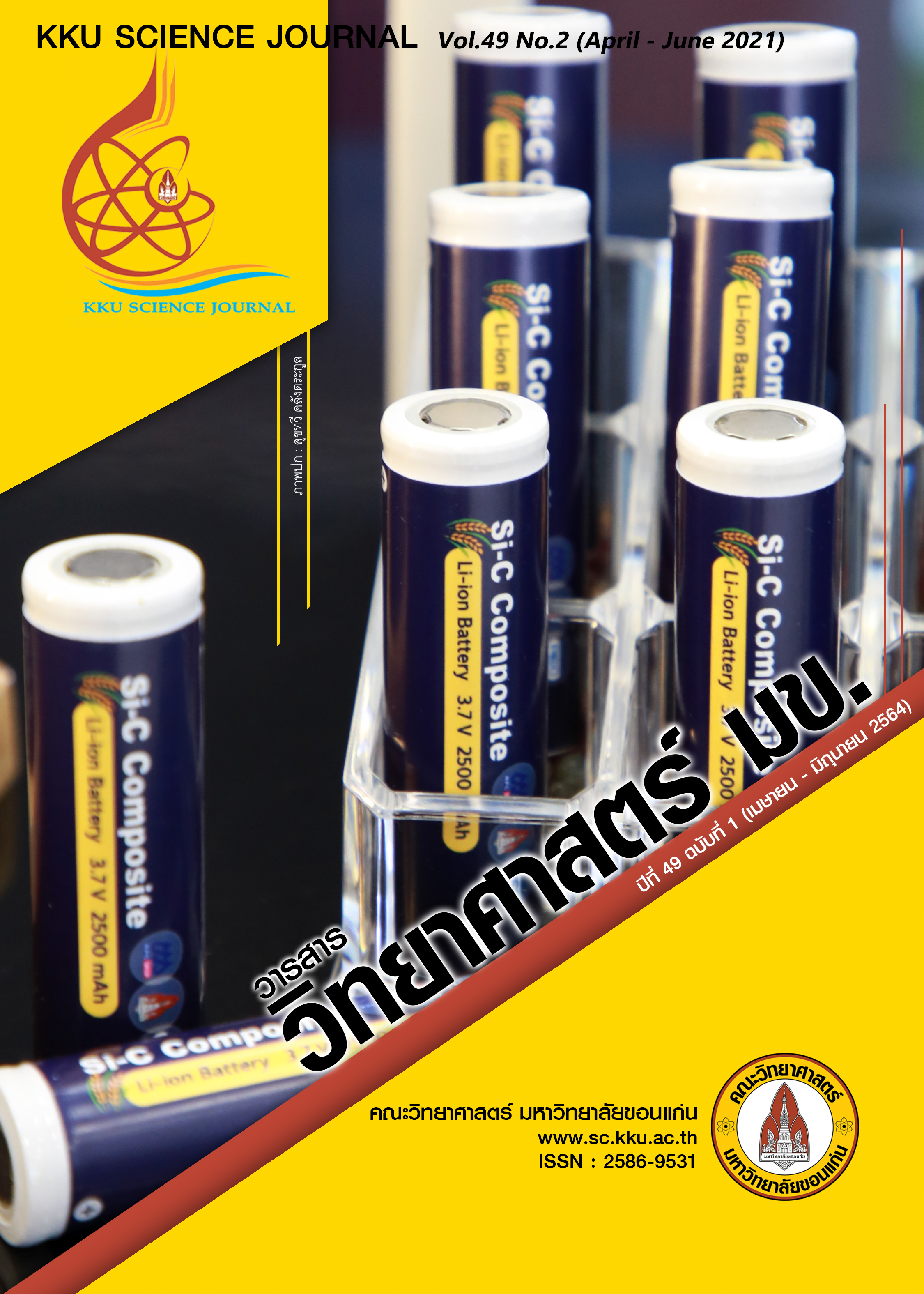The study of factors influencing the decision to purchase facial skincare products at cosmetic brand level
Main Article Content
Abstract
Facial skincare products are currently considered a part of life. The primary purpose of using facial skincare products is self-care in terms of beauty, health, and personality enhancement. The research objective is to the study of factors influencing the decision to purchase facial skincare products at the cosmetic brand level. This is quantitative research using a survey research method that consists of 405 samples of consumers’ behavior when purchasing facial skincare products in Bangkok. The data collection was conducted through questionnaires. The independent variables were the 4Ps marketing mix factors, including product, price, distribution channel, and marketing promotion factors. The dependent variable was the decision to purchase facial skincare products. The statistics used in the data analysis were descriptive statistics, including percentage, average, and standard deviation. The inferential statistics used in this research were factor analysis and multiple regression analysis. The results of the study of factors influencing the decision to purchase facial skincare products at the cosmetic brand level consisted of 4 factors: 1) marketing promotion factors, 2) brand and product quality factors, 3) factors of ease of travel and proven research results, and 4) price factors, respectively. This can create an equation multiple regression models as follows: the decision to purchase facial skincare products at the cosmetic brand level = 1.658 + 0.241 marketing promotion - 0.159 price + 0.198 brand and product quality + 0.143 ease of travel and proven research results.
Article Details

This work is licensed under a Creative Commons Attribution-NonCommercial-NoDerivatives 4.0 International License.
References
กัลยา วานิชย์บัญชา. (2551). การวิเคราะห์ข้อมูลหลายตัวแปร. พิมพ์ครั้งที่ 3. ภาควิชาสถิติ คณะพาณิชยศาสตร์และการบัญชี จุฬาลงกรณ์มหาวิทยาลัย, กรุงเทพฯ.
เกรียง กิจบํารุงรัตน์. (2562). หลักสถิติเพื่อการวิเคราะห์ข้อมูลทั่วไป. พิมพ์ครั้งที่ 2. กรุงเทพฯ: สํานักพิมพ์มหาวิทยาลัยธรรมศาสตร์. มหาวิทยาลัยธรรมศาสตร์.
เกรียง กิจบํารุงรัตน์. (2564). การทํานายปัจจัยของผู้บริโภคที่มีอิทธิผลต่อการซื้อสินค้าผ่านทางแอพพลิเคชั่นออนไลน์. วารสารวิทยาศาสตร์ มข. 49(1): 72-84.
ณิชาภา บุญสังข์. (2556). ปัจจัยที่มีความสัมพันธ์ต่อการตัดสินใจซื้อผลิตภัณฑ์บํารุงผิวหน้านีเวียวิซาจเอ็กซ์ตร้าไวท์ เดย์ ซีรั่ม. วิทยานิพนธ์ปริญญามหาบัณฑิต. มหาวิทยาลัยธรรมศาสตร์, คณะพาณิชยศาสตร์และการบัญชี.
มนสิกาญจน์ ศรีรัตนสมบูรณ์. (2555). พฤติกรรมการเลือกซื้อผลิตภัณฑ์บำรุงผิวหน้าของสตรีวัยทองในกรุงเทพมหานคร. วิทยานิพนธ์ปริญญามหาบัณฑิต. มหาวิทยาลัยแม่ฟ้าหลวง, คณะวิทยาศาสตร์เครื่องสําอาง.
ศิริวรรณ เสรีรัตน์และคณะ. (2543). หลักการตลาด. กรุงเทพฯ: บริษัทธีระฟิลม์และไซเท็กซ์ จํากัด.
ศูนย์วิจัยกสิกรไทย. (2562). ตลาดบิวตี้ยังแจ๋ว เกาะเทรนด์ธุรกิจทําเงิน. https://www.kasikornbank.com/th/business/sme/KSMEKnowledge/article/KSMEAnalysis/Documents/Beauty-Business_Trend.pdf
ศูนย์พยากรณ์เศรษฐกิจและธุรกิจ มหาวิทยาลัยหอการค้าไทย. (2564). 10 อันดับธุรกิจเด่น 2564. กรุงเทพฯ: มหาวิทยาลัยหอการค้าไทย https://cebf.utcc.ac.th/news
อัญชุลี สิวินทา. (2550). พฤติกรรมการตัดสินใจซื้อผลิตภัณฑ์บำรุงผิวหน้าประเภทต่อต้านและลดเรือนริ้วรอยก่อนวัยของสตรีวัยทํางานในเขตกรุงเทพมหานคร. วิทยานิพนธ์ปริญญามหาบัณฑิต. มหาวิทยาลัยศรีนครินทรวิโรฒ, คณะบริหารธุรกิจ, สาขาการตลาด.
อัคพร อ่วมสวัสดิ์และคณะ. (2556). รู้ทัน ผลิตภัณฑ์สุขภาพกับเภสัชกร. พิมพ์ครั้งที่ 2 . กรุงเทพฯ: สํานักพิมพ์พระพุทธศาสนาแห่งชาติ
Armstrong, G. and Kotler, P. (2003). Marketing and introduction (6th ed.). New Jersey: Pearson Education.
Biedenbach, G. and Marell, A. (2010). The impact of customer experience on brand equity in a business-to-business services setting. Journal of Brand Management 17(2010): 446-458.
Fetscherin, M. and Usunier, J. C. (2012). Corporate branding: an interdisciplinary literature review. European Journal of Marketing 46(2012): 733-753.
Schmitt, B. (2009), The concept of brand experience. Journal of Brand Management 16(2009): 417-419.


